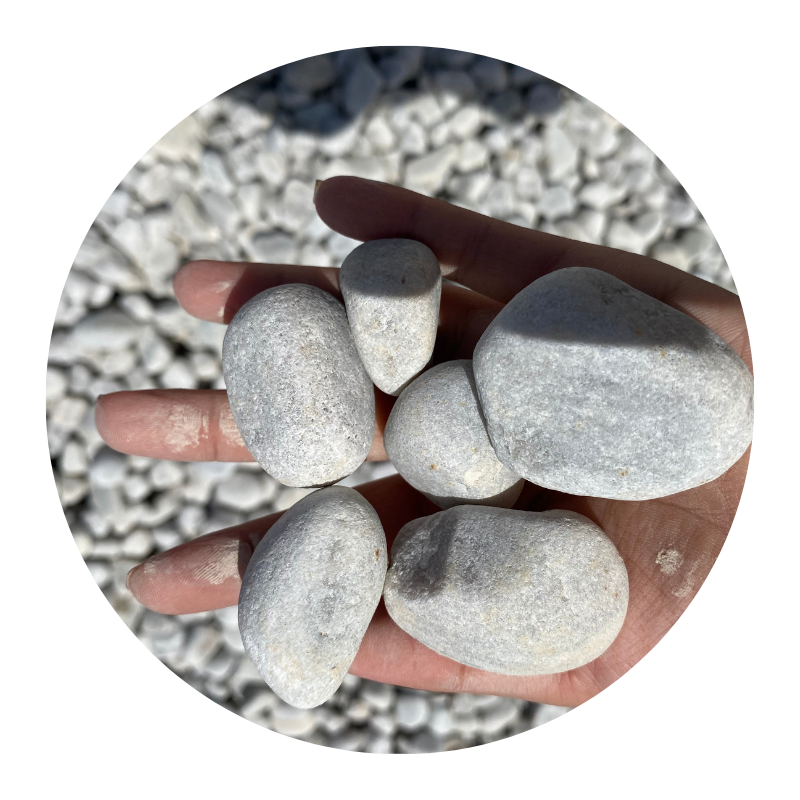
Applications and Benefits of Silica Fume in Modern Construction and Industry
The Versatile Applications of Silica Fume in Modern Construction
Silica fume, a byproduct of the silicon and ferrosilicon alloy production, is an ultrafine powder consisting primarily of silicon dioxide (SiO2). Its unique properties, including high pozzolanic activity, make it an invaluable material in the construction industry, especially in the production of high-performance concrete. This article explores the various uses of silica fume and its significant contributions to modern construction practices.
Enhancing Concrete Strength
One of the primary applications of silica fume is to enhance the compressive strength of concrete. When mixed with cement, silica fume reacts with calcium hydroxide to form additional calcium silicate hydrate (C-S-H), the compound responsible for concrete's strength. By incorporating silica fume, concrete can achieve higher strengths compared to that made with conventional materials alone. This is especially beneficial for structures subjected to heavy loads, such as bridges, high-rise buildings, and industrial plants.
Improving Durability
Silica fume’s pozzolanic nature not only improves strength but also significantly enhances the durability of concrete. It reduces the permeability of the concrete matrix, making it less susceptible to water infiltration, chemical attack, and other environmental stresses. This characteristic is vital in applications exposed to harsh conditions, such as coastal structures, wastewater treatment facilities, and areas with freeze-thaw cycles. Moreover, the use of silica fume can help mitigate alkali-silica reaction (ASR), a deleterious reaction between reactive silica in aggregates and alkalis in cement that can lead to expansion and cracking over time.
Reducing Carbon Footprint
silica fume uses

In recent years, the push for sustainable construction practices has led to increased interest in incorporating silica fume into concrete mixes. By replacing a portion of Portland cement with silica fume, the overall carbon footprint of concrete production can be reduced. Cement production is responsible for a significant amount of carbon dioxide emissions, so utilizing supplementary cementitious materials like silica fume helps in lowering these emissions. Additionally, the use of silica fume can result in increased use of recycled aggregates, further promoting sustainability in construction.
Applications in Specialized Concrete
Beyond traditional concrete applications, silica fume is increasingly employed in specialized concrete formulations. For instance, high-density concrete used for radiation shielding and counterweights benefits from the superior strength and low permeability of silica fume. Similarly, in shotcrete applications, such as underground construction and tunnel linings, silica fume enhances the bond strength and reduces rebound, making the process more efficient and effective.
Self-Compacting Concrete
Self-compacting concrete (SCC) is a modern concrete technology that allows concrete to flow and fill molds under its weight, without the need for mechanical vibration. Silica fume plays a crucial role in the formulation of SCC by increasing the cohesiveness and flowability of the mix. The fine particles of silica fume fill the voids between larger aggregates, leading to a denser and more homogeneous material. This property is particularly advantageous in complex formwork or densely reinforced structures where traditional vibrated concrete might struggle to achieve full filling.
Conclusion
Silica fume stands out as a critical component in the modern construction landscape, offering a multitude of benefits that enhance the performance, durability, and sustainability of concrete. Its applications span across various sectors, from infrastructure development to commercial buildings and specialized engineering projects. As the construction industry continues to evolve towards more sustainable practices, the role of silica fume as a supplementary material will likely expand, paving the way for innovative concrete solutions that meet the demands of future construction challenges. With ongoing research and development, the potential uses of silica fume will further diversify, reinforcing its position as a vital ingredient in the quest for higher-performing, more durable, and environmentally friendly construction materials.
Share
-
Natural Premium Bentonite Cat Litter - Superior ClumpingNewsJul.31,2025
-
Premium Resin Coated Sand - High Heat Resistance CastingNewsJul.31,2025
-
High Quality Silicon Carbide Grit for Abrasive ApplicationsNewsJul.30,2025
-
High-Quality Ceramsite for Plants & Gardening | Lightweight PebblesNewsJul.29,2025
-
Premium Burgundy Glass Marbles for Vases & Shooter GamesNewsJul.29,2025
-
High Purity Quartz Sand for Industrial and Ground ApplicationsNewsJul.29,2025






